- News
- Reviews
- Bikes
- Components
- Bar tape & grips
- Bottom brackets
- Brake & gear cables
- Brake & STI levers
- Brake pads & spares
- Brakes
- Cassettes & freewheels
- Chains
- Chainsets & chainrings
- Derailleurs - front
- Derailleurs - rear
- Forks
- Gear levers & shifters
- Groupsets
- Handlebars & extensions
- Headsets
- Hubs
- Inner tubes
- Pedals
- Quick releases & skewers
- Saddles
- Seatposts
- Stems
- Wheels
- Tyres
- Tubeless valves
- Accessories
- Accessories - misc
- Computer mounts
- Bags
- Bar ends
- Bike bags & cases
- Bottle cages
- Bottles
- Cameras
- Car racks
- Child seats
- Computers
- Glasses
- GPS units
- Helmets
- Lights - front
- Lights - rear
- Lights - sets
- Locks
- Mirrors
- Mudguards
- Racks
- Pumps & CO2 inflators
- Puncture kits
- Reflectives
- Smart watches
- Stands and racks
- Trailers
- Clothing
- Health, fitness and nutrition
- Tools and workshop
- Miscellaneous
- Buyers Guides
- Features
- Forum
- Recommends
- Podcast
OPINION
Cycling from London to Barcelona: a more enjoyable LEJOG alternative?
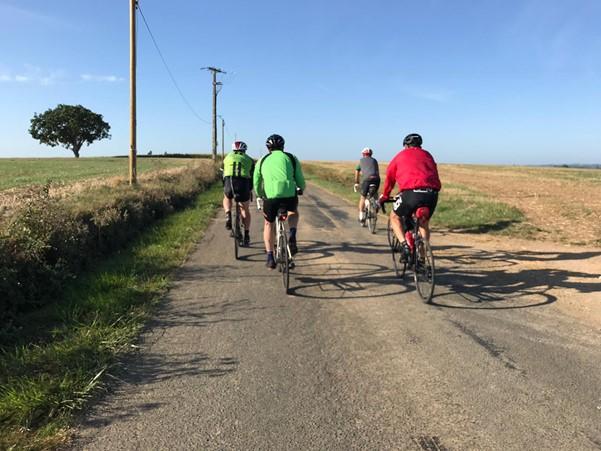 london to barcelona 9
london to barcelona 9With many of us longing for the day when lockdown ends and we can start planning some epic cycling excursions again, road.cc reader Andrew Dalton's suggestion of a jaunt from Britain to Barcelona certainly looks like one to add to the bucket list - and most likely a sunnier option than one of the UK's most prestigious cycling challenges, Land’s End to John O'Groats.
> Isolated Incidents: What does it mean for cyclists to 'stay local'?
Compared to LEJOG, Andrew describes the route he has ridden twice with friends as "a similar distance, but with better roads, better weather, better food and a more fun destination"; and not only has he told us all about it below, but "in the boredom of lockdown" he also created a website with GPX files and Strava uploads for anyone wanting to tackle the challenge themselves.
"It is a bit rough and ready as I have never done a website before, and it is totally non-commercial. I would just like to encourage others to try what we found was a wonderful, uplifting trip", Andrew added.
With further ado, we'll let Andrew take it away with a breakdown of the journey...
"I have cycled from London to Barcelona twice (in 2009 and 2019) with groups of friends, and it seems to me a great alternative to the popular challenge of Land's End to John O'Groats.
We were new to long distance cycling the first time we did it, but enjoyed it so much that we have since done trips every year; until last year, when the pandemic made it impossible. On the 10th anniversary, we repeated the London to Barcelona route (with minor improvements) as it was still our favourite. It's beautifully scenic and offers better roads, less traffic, better weather, better food, and arguably a more fun destination than Land’s End or John O’Groats!
In the boredom of lockdown I created a website describing the route, www.bikelondonbarcelona.com. It includes links to the route day-by-day on Strava, from which GPX files can be downloaded. The route is tried and tested, based on the experience of our two trips. It sticks to tarmacked surfaces but goes out of the way to find quiet roads, even if they are a little less direct.
Both times we have started from Wimbledon. From there the first 20km or so are mainly quiet suburban roads. Just before Midhurst the route goes over Bexley Hill, which is very steep at the top. Weaving around most of Havant, a cycle route then takes you most of the way to Portsmouth docks. There is a final stretch of road to cross the peninsula to the ferry terminal. The Ship and Castle pub is right in the ferry area, and is a very practical spot to have some well-earned food and drink before an overnight crossing.
Over on the other side, the route starts with the gently rolling farmland of Normandy, which is similar to southern England but more open and spacious. It moves on to cross the Loire at Tours, and heads south to ever prettier countryside. Admittedly, on my first trip the route did cross a stretch of forest blocked by a barrier, and signs saying “Danger du mort” and “Tirs en cours”. The French army were not pleased that we didn’t wait for the barriers to be raised, but we did at least wait for the tanks to stop their firing practice... although to be fair, we thought it was just people hunting in the woods! The firing range has since been decommissioned.
It then passes through the Périgord, Limousin and Dordogne, with many picture-postcard villages and empty country lanes. France has a population density that is just over a quarter of England's, and you really notice the difference. There is so much more space, and it makes it easy to find quiet roads and unspoilt countryside. On the other hand, none of the countryside seems to have been abandoned, and you find vibrant villages and small towns scattered all along the route offering a good selection of cafes and restaurants.
As you go further south to Albi and then Carcassonne, the countryside has a dry, sun-kissed feel to it. Writing under lockdown in the British winter, I do long to be in southern France cycling on an empty road in the sunshine!
After Carcassonne the route enters the foothills of the Pyrenees, a mix of rocky hills and vineyards, before reaching the mountains proper.
One could skirt the mountains entirely, but the route I have used crosses at Col d'Ares (circa 1,600 metres) including a 13km climb averaging 6.6%. It's a good challenge for those not experienced at large mountain climbs (as we weren’t the first time), but manageable and steady.
From the Spanish border to Barcelona there is plenty of descending, but also a few moderate climbs. Most of the way it's very quiet and pretty countryside. There are a few busier stretches as you get closer to Barcelona, but nothing too intimidating.
There is an excellent cycle path through a park that provides an ideal way of entering the city itself, and you can continue traffic-free all the way to the beach before grabbing a well-earned beer.
Here are a few more reasons for taking on this challenge:
Better roads
The state of UK roads is shocking, and while the tarmac won’t be perfectly smooth all the way to Barcelona, the roads are by-and-large much better. The downside to this is that to maintain the roads they do have more roadworks; so you do come across the odd “Route Barrée”, but getting past them is part of the challenge.
Less traffic
As the UK is much more densely populated than France or Spain, finding quiet roads to take you from Land’s End to John O’Groats is a real challenge. Even most longer routes involve significant busy stretches, and while Scotland is not densely populated overall, in some of the less populated areas there are so few roads that it can still be difficult to find good routes. In contrast it's relatively easy to find empty country roads through France and into Spain. Also, on the continent, drivers are normally more considerate of cyclists, perhaps because there is enough space for everyone to get on. My experience in the UK is that many drivers are less sympathetic.
Better weather
Nothing improves a ride more than a bit of sunshine. Yes it does rain in France, and on one of my trips it we did have whole day of rain and cold. It was miserable, but you are less likely to get caught like this heading south to Barcelona than north to John O’Groats!
Better food
While food in the UK has certainly improved massively over recent years, good food is still more widely available in France. Many places offer great menu’s du Jour at modest prices.
A better destination
There is not a lot at John O’Groats. Barcelona, on the other hand, is the perfect place to finish. Miles of beaches with bars and restaurants, right by the city centre. A city with culture, nightlife (if that is ever allowed again), a wide range of accommodation, and they have a reasonable football team apparently. There is even a good car-free route into town.
Feet in the sand with a cold beer... what better way to end a ride?
I cannot recommend the trip highly enough (assuming the current COVID restrictions don’t last for ever). We did it over 11 days, covering around 80 miles a day with a support vehicle. This may sound fairly relaxed to fitter readers, but was enough of a challenge for a motley crew of fairly inexperienced cyclists."
Do you have an epic cycling story to share? Let us know in the comments, on the road.cc forum or email us at info [at] road.cc
More Opinion
Latest Comments
- Disgusted of Tunbridge Wells 2 sec ago
Not sure if I missed it but I didn't see anything about aero gains, weight savings and they didn't look that "cool" either???...
- Steve K 8 min 8 sec ago
How many of those rides were previously done on normal bikes?
- eburtthebike 4 hours 47 min ago
Newspeak:...
- eburtthebike 6 hours 54 min ago
As Ranty Highwayman says, an eight minute presentation of everything that is wrong with UK highway design, starting from the premise that...
- Dnnnnnn 8 hours 26 min ago
I can see you've had a look at the Inverness Tourist Board Facebook page...
- Piratepete 8 hours 36 min ago
The Police Scotland Digital Evidence Sharing Platform being rolled out will not make it any easier to report incidents, it simply allows an...
- Rendel Harris 10 hours 33 min ago
Highway Code states: ...
- hawkinspeter 14 hours 36 min ago
I do indeed.
- Jakrayan 14 hours 45 min ago
The article states the toerags were youths, so unfortunately there probably won't be any real punishment. But at least the police are appealing for...
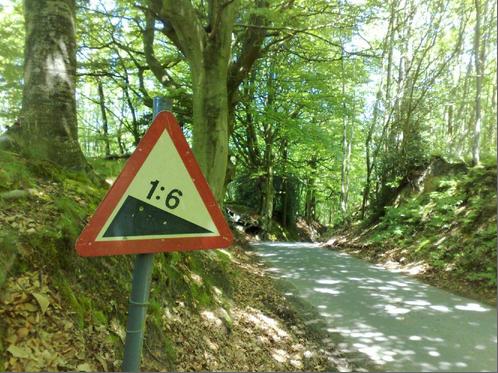

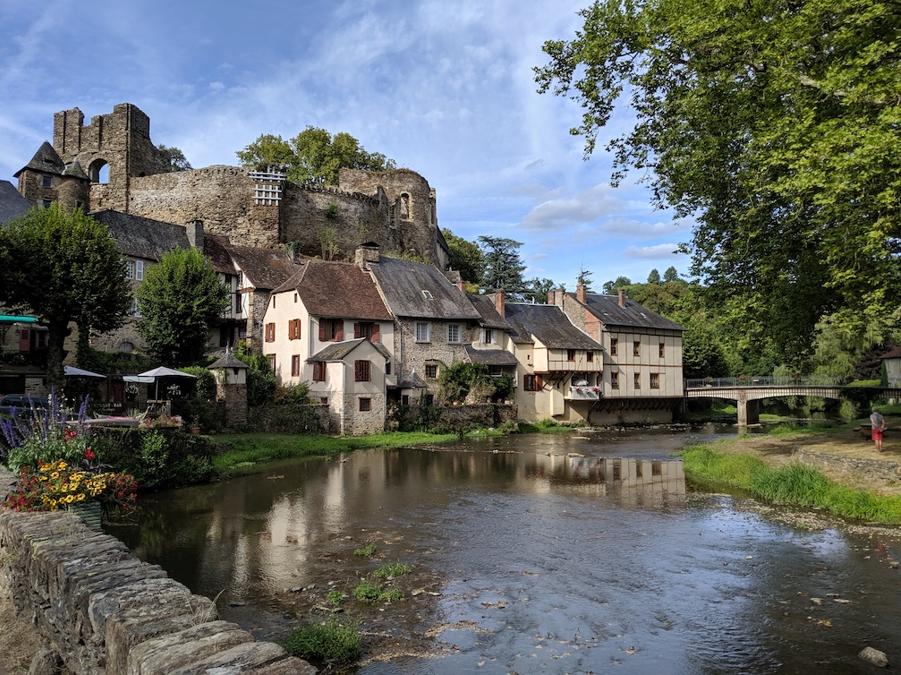
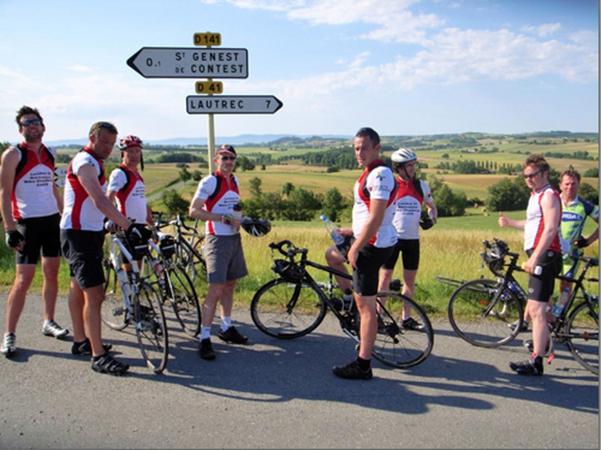
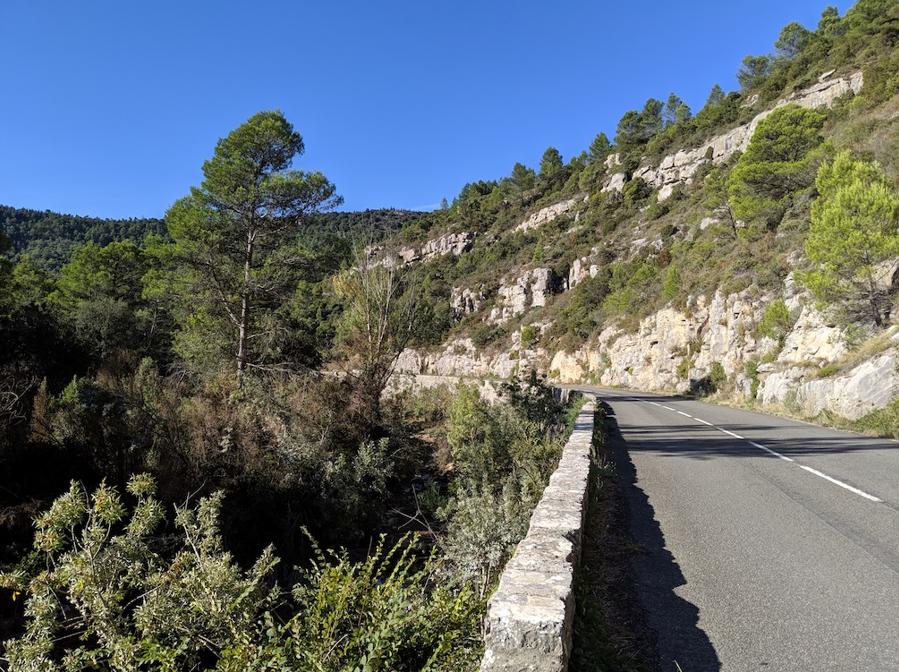
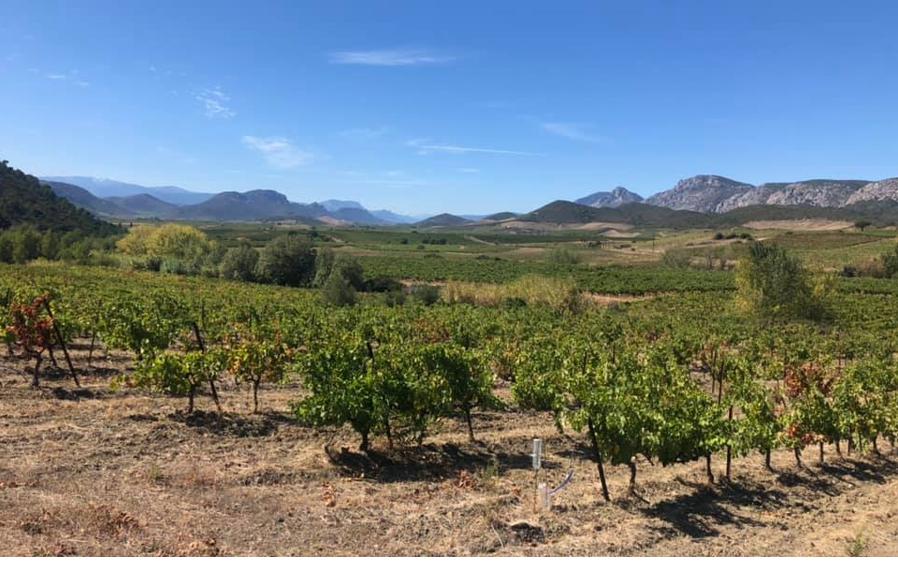
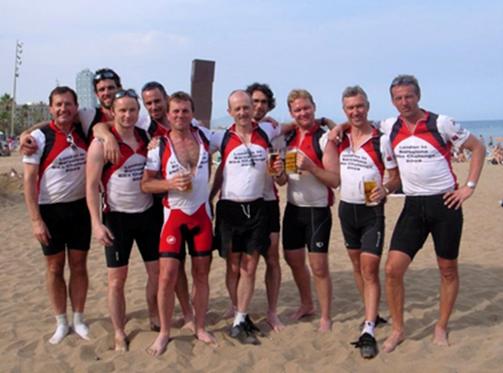
Add new comment
12 comments
This looks great. Definitely on my to do list when life gets back to normal.
Any suggestions on how to break this to the wife?
I've done it twice solo: Brentford to Barca in 1992 (flew back) and Barca to Ascot in 2012 - there was an Olympic theme linking the two. The north to south route is preferable as you travel away from the familar and into an adventure, the going gets progressively warmer and more undulating (down through Massif Central and nipping around the Pyrennees by the Med coast - I wouldn't fancy any epic climbs carrying 20kg in panniers even 28yrs ago). '92 was with a tent; 2012 with a credit card. Both were fantastic trips.
Brilliant 👏. We rode Rome to Bournemouth 1400miles in 14 days absolutely brilliant even though 100 miles a day is hard going but it was awesome 👌
I rode from Paris to Barcelona in 2016 and it was amazing - six of us rode down the eastern side of France skirting the alps and taking in some decent climbs before cutting across the south and over the Pyrenees.
I had arranged to meet my girlfriend in Barcelona on the final afternoon (her birthday) and promised not to be late. We had 85 miles left and should have got in in plenty of time, however one of guys began to struggle with his knee and the pace slowed to a crawl. As the morning wore on it was obvious that time was slipping away so I made my apologies to the group and my friend and I left the others and did a crazy two hour two man chain gang descent off of Montserrat, pushing hard all the way to Barcelona. I made it with about fifteen minutes to spare.
Overall it was a brilliant trip - we stayed in AirBnB's all the way and did between 70 and 110 miles a day depending on the terrain. It was late May and the weather was mostly great (we did have one day with 40mph gales and heavy rain but that just added to the feeling of acheivement). There's something about covering serious mileage on a bike that makes you feel a bit superhuman - this was my first multiday trip and has since inspired me to do others including the Torino Nice rally and Berlin to London solo. JOGLE is still on my list but I think I'd always look to the continent for the reasons in the article above.
I might try the credit / debit card / hotel ... luggage definitely slows you down. I did it in very early Spring and the weather was testing, but if you did it in Summer. I had two very memorable experiences: arriving in Narbonne after dark a very long day nursing a collapsing rear wheel to see a sign saying 'Narbonne Plage'. I knew that Narbonne isn't on the coast so I turned round to check the sign out. It said Narbonne Plage. I thought, fine: I'll go there. It was the longest 25km I've ever done so I stayed in a hotel where the chef wouldn't cook my treat of a fillet steak well done: medium, or cook it yourself!
Next day my wheel collapsed a few km from Leucate, a resort near Perpignan so I pushed the bike to a hotel there. I ordered a taxi to Perpignan but because it was a bank holiday it would take around 7 hours to get there (it's France!). The receptionist tool pity on my and said I could go and sit by the pool.... Mais, c'est un hotel naturalist.... she added with a smile.
So I sat there, nursing a beer and a pizza, not knowing where to look for a few hours with some rather large Germans wondering why I was fully clothed...
This is a no brainer. I attempted riding across the US when the bank I was working for was taken over in 2000, but gave up before leaving NY State (just too dangerous). So I flew back and rode from Gatwick to Portsmouth and took the ferry to Cherbourg and then rode to Barcelona, through the Loire to La Rochelle, then down to Toulouse, along the Canal du Midi (always wanted to do that) to Narbonne, and then down the coast to Barcelona.
I've thought about LEJOG over the years - and I will do it, I'm sure - but there are so many more interesting rides you can do with 10 days spare time...
How did you get back?
Some flew, others hired cars & went off to play in Europe & the support car/van came back full of bikes. It's easy!
Easy with a support van, more complicated for people who don't want to rely on combustion engines.
I posted loads of stuff home...or just dumped it - going from 4 panniers to 2 before I reached the Channel. By the time I hit La Rochelle I'd dumped half my tent (I camped) was down to minimal clothing and had started ripping out the pages of books I'd read en route...
I bought the touring bike and gear in New York (I caught a plane with just my passport and wallet) and my main regret was the bike I bought, a Cannondale T2000, was a bit agricultural, aluminium and seemed to bend!
You could fly, cycle over to Bilbao, ferry to Portsmouth, cycle back or arrange vehicle transport
I plan to do almost this route when covid and life permits but starting in Bath and ending at the mentioned Col D'Ares which I have climbed many times. Got to have something to look forward to!